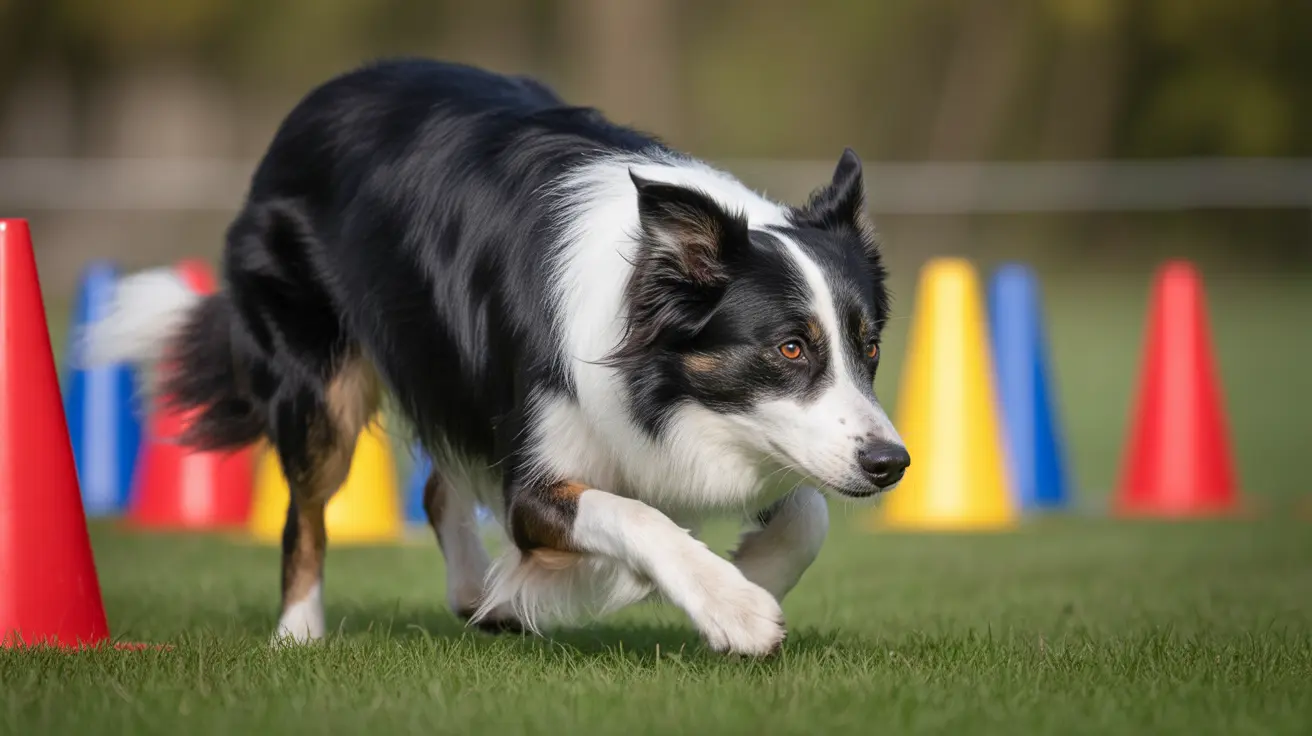How to Tell If Your Dog Is Scared of the Dark
Dogs, unlike humans, possess specialized adaptations such as a tapetum lucidum and an abundance of rod cells that allow them to see better in low light. However, complete darkness still limits their vision, and they rely heavily on their sense of smell, hearing, and memory to navigate. While fear of darkness is uncommon in dogs, signs of nighttime anxiety or stress may be rooted in various underlying causes.
Common Signs Your Dog May Be Scared of the Dark
- Whining or crying when lights go out
- Reluctance to enter dark rooms or spaces
- Pacing, restlessness, or agitation at night
- Clingy behavior or demand for human proximity
- Barking, howling, or destructive behavior
- Seeking out well-lit sleeping areas
- Indoor accidents or excessive drooling
Possible Causes of Fear in the Dark
It's important to understand that darkness itself might not be the root problem. The behavior could be triggered by a range of issues:
- Separation anxiety: Dogs that feel alone at night may become more anxious in quiet, dark settings.
- Age-related deterioration: Older dogs often suffer from cognitive decline or visual impairment, making them uncomfortable in low light.
- Traumatic experiences: Dogs left alone during fireworks or thunderstorms may associate darkness with fear.
- Heightened sensitivity to sound: Quiet nighttime environments can amplify strange noises that stress dogs out.
- Lack of dark-room exposure: Puppies or rescues unfamiliar with darkness may show natural apprehension.
- Routine disruptions: Changes like moving homes, losing a companion, or altering the dog's bedtime location.
How to Help a Dog Scared of the Dark
If your dog is showing signs of nighttime uneasiness, there are several strategies to provide comfort and improve their well-being:
- Install soft nightlights in key areas such as bedrooms or hallways to ease visibility and security.
- Create a predictable bedtime routine that includes play, secure bedding, and positive attention.
- Utilize a crate if your dog finds it relaxing—this can provide a ‘den-like’ sense of safety.
- Introduce the dark gradually with positive reinforcement, so your dog can associate it with treats and praise.
- Use calming tools: Consider pheromone diffusers, white noise machines, anxiety wraps, or vet-approved supplements.
- Reduce separation stress: Allow dogs to sleep near family or leave a familiar-scented item in their resting spot.
- Avoid sudden changes: Stick to a consistent sleeping area and gradually introduce any necessary transitions.
When to Seek Professional Help
If your dog’s nighttime distress becomes severe or persistent, it may be time to consult a professional. A veterinarian can evaluate health conditions like vision issues or cognitive dysfunction, while a certified behaviorist can develop a structured approach to manage anxiety long-term.
With understanding, patience, and a tailored approach, most dogs can learn to feel safe and calm in the dark. Awareness of your dog's specific needs and behaviors goes a long way in providing them the peaceful nights they deserve.





